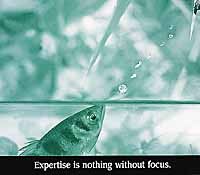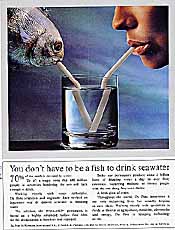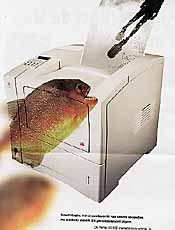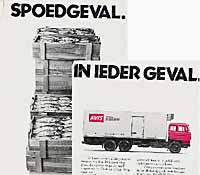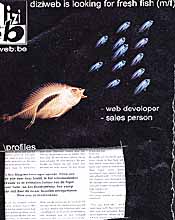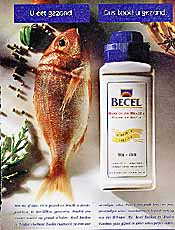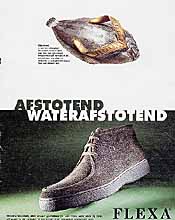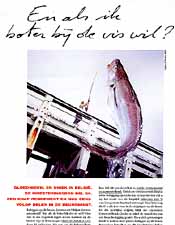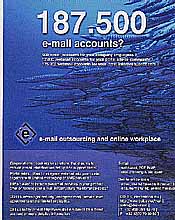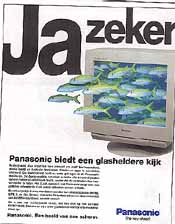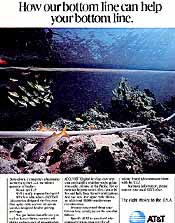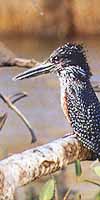
Animals in advertising — Fish — Other Fish
As I can't find a common denominator in the remaining adverts with fish,
I might have chosen Odds and Ends for this section.
Jobs, computer screens, shoes, printers, trucks, … most ads lack any originality
and fall back on popular believe, easy visual
games or sometimes even less than that.
Unlike the other classes this fish do not have
a clear identity, which makes them inadequate for the
advertisement world.
The notion that we actually can learn from some of the examples in this section is not less than mind blowing.
